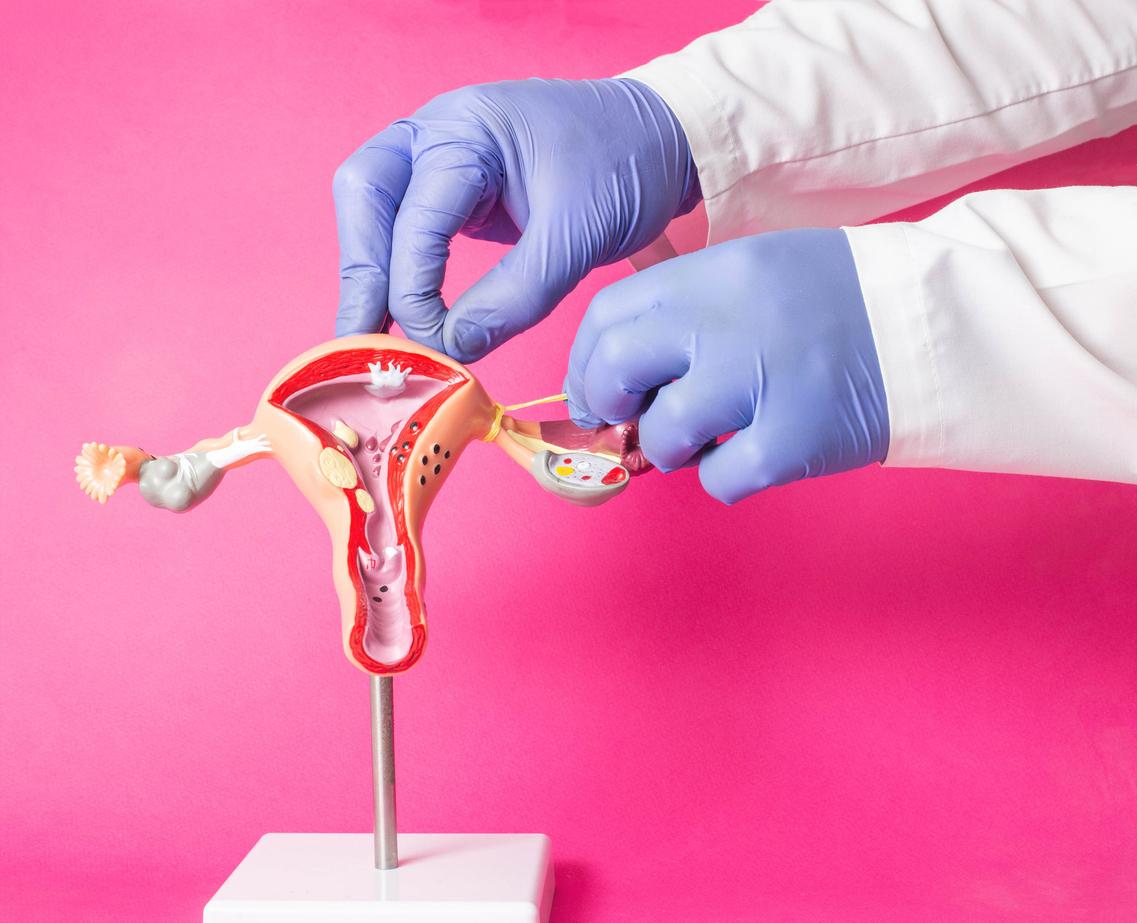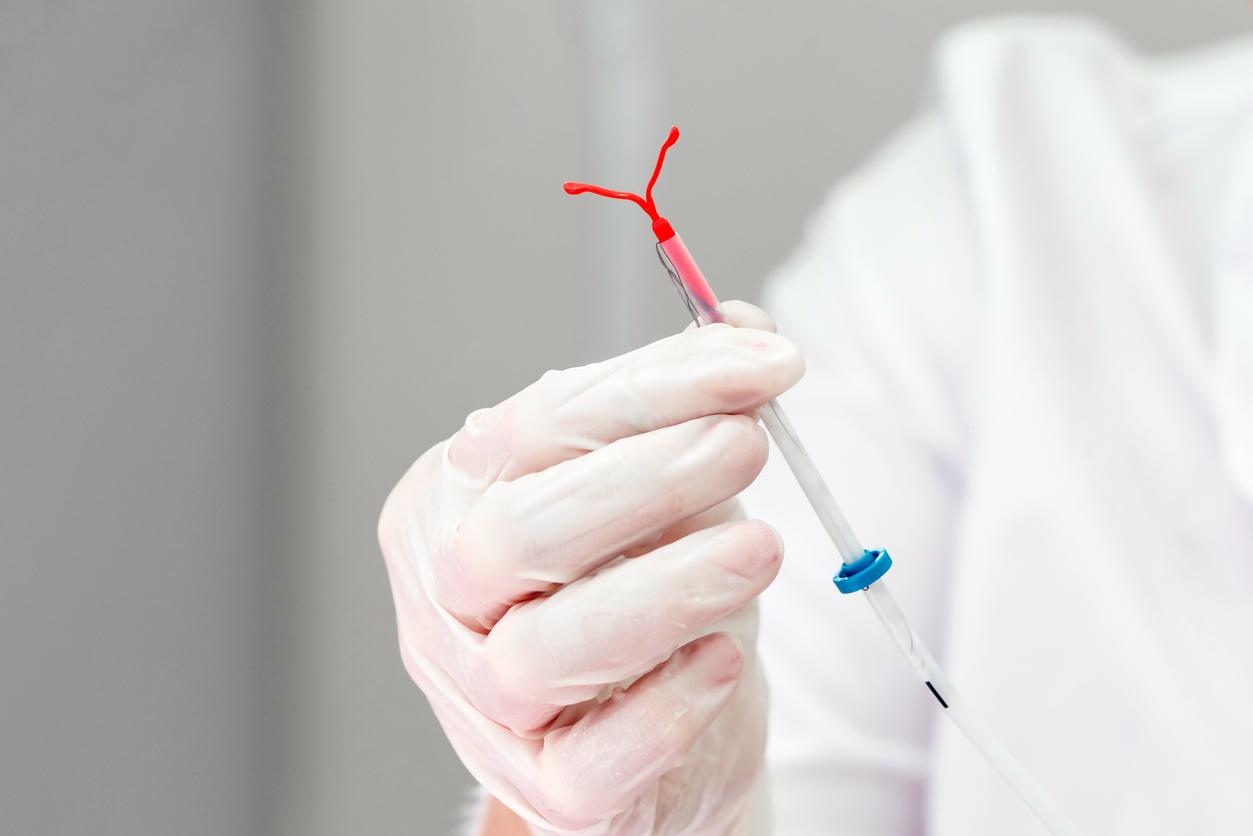The vasectomy refers to a method of male sterilization. The minor operation involves ligating the vas deferens from the testes. With a vasectomy, sperm can no longer get to the ejaculatory duct and therefore can no longer join the ovarian eggs in the woman’s body during intercourse. Vasectomy in men is the equivalent of tubal ligation in women.
What are the indications for a vasectomy?
The vasectomy is indicated for adult men looking for a definitive and permanent method of contraception, in other words for those who do not / no longer wish to have children. There is a method, vasovasostomy, which reconstructs the vas deferens to restore fertility to the man even though he has decided to undergo a vasectomy. However, this method remains relatively ineffective and presents greater risk of complications than vasectomy. Health professionals therefore agree to consider vasectomy as a definitive contraceptive method.
How is the intervention carried out?
A vasectomy is performed under local anesthesia. According to the classic and traditional method, the healthcare professional makes two incisions in the scrotum in order to reach the vas deferens responsible for transporting sperm. The operation then consists of blocking these channels with an occlusion. There is also another less invasive and increasingly popular method: no-scalpel vasectomy. Equipped with special tools, the surgeon makes only one small incision in the center of the scrotum. With this method, the incisions no longer need to be sutured.
On average, a vasectomy lasts no more than 10 minutes.
Does a vasectomy hurt?
Thanks to local anesthesia, the patient who undergoes a vasectomy does not feel any pain during the operation. When the numbing effect wears off, you may experience discomfort or a feeling of discomfort in the testicles for 3 to 4 days. It is also generally advisable to apply an ice pack to the scrotum several times a day for one or two days, and to wear tight underwear to limit the movement of the testicles.
What are the complications of a vasectomy?
The risks of complications from vasectomy are almost zero. Only the traditional vasectomy method (with scalpel) can cause the risk of infection and bleeding. However, these complications remain extremely rare (less than 1%). In rare cases, there are also:
- congestive epididymitis;
- a scar nodule;
- chronic pain.
Contrary to popular belief, nothing today proves the link between vasectomy and the occurrence of prostate cancer.
What postoperative consequences?
The postoperative consequences of the vasectomy are limited to carrying out a spermogram two to three months after the operation to study the absence of spermatozoa in the ejaculated liquid (the effect of the vasectomy is not immediate, since the canal deferens may still contain sperm after the operation). During this time, it is necessary for the man (or his partner) to use another contraceptive method. Side sexual activity, vasectomy does not modify in any way the desire, the quality of the erection, the pleasure or the ejaculation. The ejaculated fluid simply does not contain any more sperm.


















